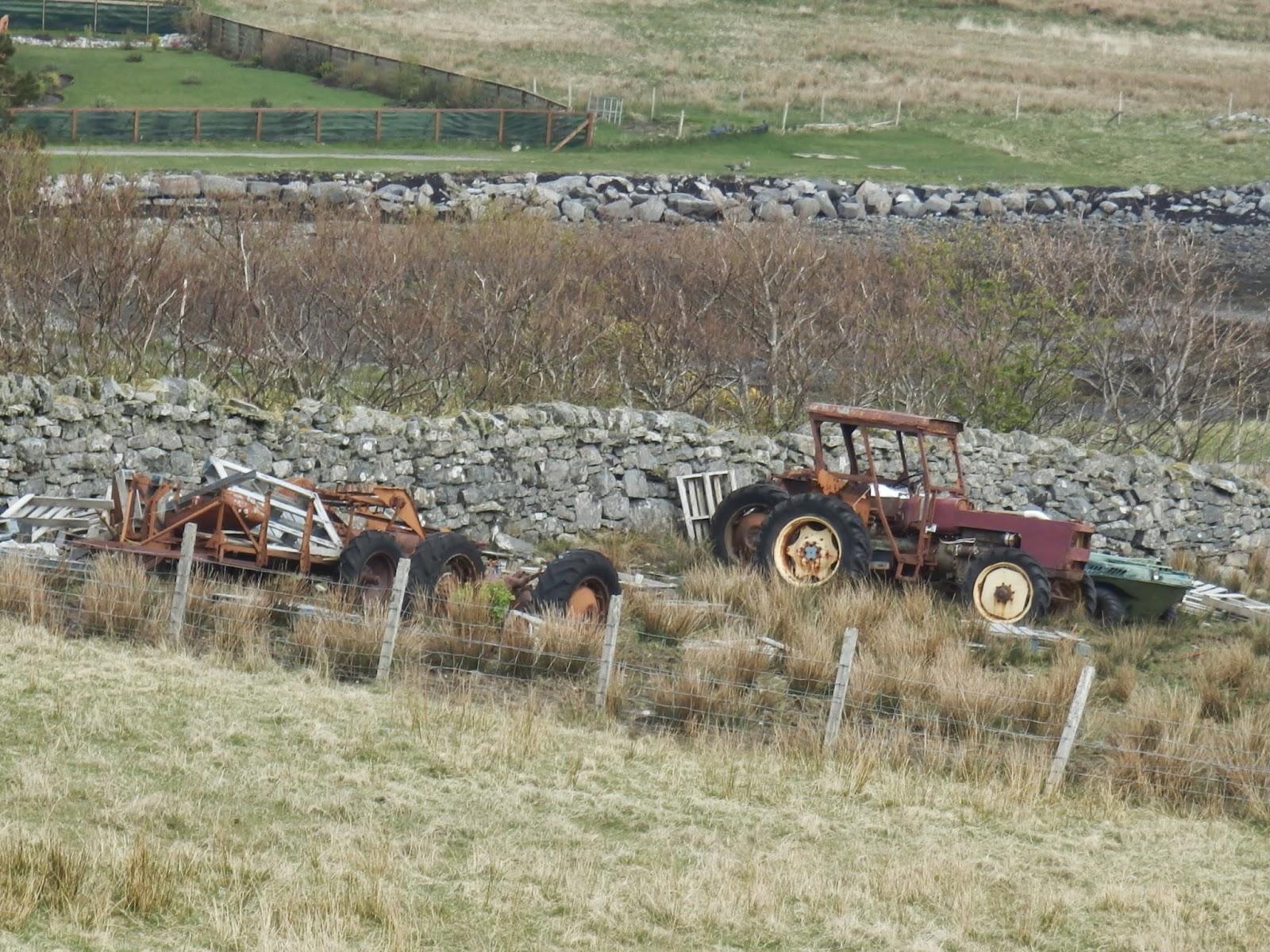A question we asked ourselves many times as we drove around the Islands.
For those unfamiliar with the history of the Western Isles, can you explain why there are so many derelict houses in the islands? There are several reasons, the principal of which would definitely be depopulation of the Outer Hebrides throughout the whole of the 20th century, primarily on account of the lack of economic opportunities. Young people would leave the isles for the mainland, either for work or further education. Many simply did not return. Fathers and mothers would pass on, leaving their crofts to a younger generation who had no desire to live the lives of relative hardship borne by their parents. There is also the topographical truth that many of these houses predate the existence of the road systems in the islands. The homes were originally built near the water’s edge since the main mode of transport would have been by boat. As the roads were built, many of the properties found themselves some distance away, making them unsuitable for the younger generations to stay in after being left the house by their parents. It was often easier, and sometimes more cost effective, to create a new build by the road on the same croft rather than update an older house and create new road access. |














No comments:
Post a Comment